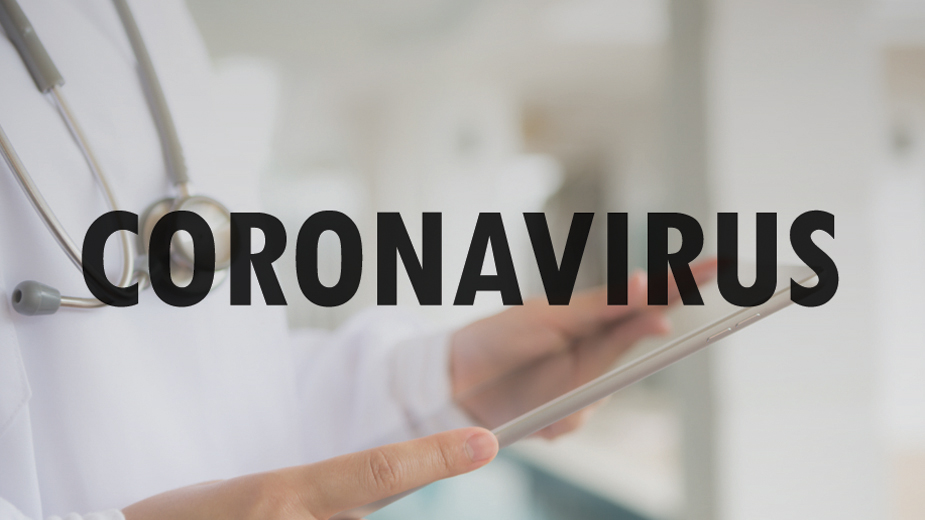Coronavirus Patients will be ‘Isolated at Home’ After Discharge
YOUNGSTOWN, Ohio — It’s been just over a week since Mercy Health St. Joseph Warren Hospital reported it had cared for a patient who subsequently tested positive for the novel coronavirus. Since then, health care professionals haven’t sugar-coated their forecast that more will contract the virus.
According to estimates from Dr. Amy Acton, director of the Ohio Department of Health, some 40% to 70% of the state’s population would have contracted the COVID-19 strain of the virus had no social distancing measures been taken, says Dr. James Kravec, chief clinical officer for Mercy Health-Youngstown and medical director of Mahoning County Public Health. With local, state and national officials emphasizing the need for social and physical distancing, the number should be lower, but “many of us will be positive,” he says.
“Of us who are positive, most are not going to be hospitalized,” Kravec says. “Of those who are hospitalized, most will be discharged. Though we will have some fatalities.”
As of this post, of the 119 confirmed cases in Ohio, 33 patients with coronavirus have been hospitalized.
While COVID-19 “might be a little more contagious than the flu and might have a little more fatality rate than the flu,” Kravec says this experience will “change how we think of the flu,” as well as other non-serious viruses. During flu season, he expects the health-care industry will continue to promote many of the less extreme measures, such as washing hands and some social distancing, he says.
It’s too early to tell how long patients can expect to be hospitalized, Kravec says. Based on what experts have observed in Italy and China, hospital stays can be anywhere from a couple days to longer, particularly if the patient requires a ventilator, he says.
Criteria for discharge is the same as any respiratory illness, “When they’re clinically stable,” he says. But self-care doesn’t end there. “You also need to keep them in isolation at home,” he says.
Health-care professionals aren’t yet sure of the susceptibility of a patient in contracting COVID-19 again after discharge, he says. Based on the antibodies that a body develops after an illness and “if it’s like other coronaviruses that we’ve seen … there’s a high probability that you won’t contract it again, but we’re not sure,” he says.
For the typical case, isolation at home lasts for seven days after the initial onset of symptoms. Before the patient comes out of isolation, he must exhibit no fever for 72 hours without the use of fever-reducing medication, as well as improved respiratory symptoms, including cough and shortness of breath.
Other criteria includes two negative COVID-19 tests taken 24 hours apart, which “may not be possible,” he says.
“You’ve got to wait for that test to come back, which takes about seven days,” Kravec says. “The problem with that is the testing is not readily available.”
Kravec could not offer exact numbers on the supply of available tests, nor specific counts of available personal protective equipment, or PPE, for health care providers. “We continue to monitor it and we’re working closely with the [Mahoning County Emergency Management Agency],” he says.
Copyright 2024 The Business Journal, Youngstown, Ohio.



